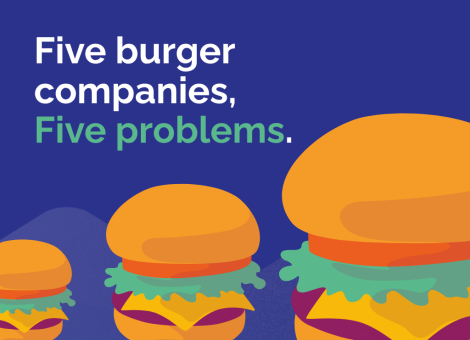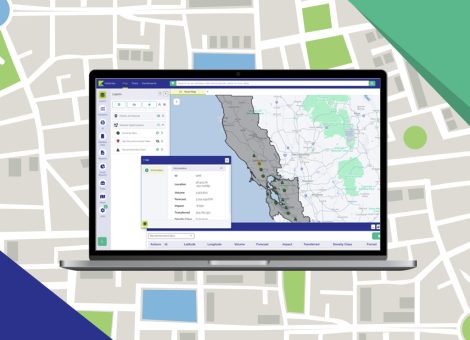Grocers: Successful retail expansion strategies
Kalibrate works with a wide range of chains in North America, ranging from conventional grocers to big box stores to discount operators, and our team members have decades of experience helping supermarkets to develop successful expansion strategies. During that tenure, we have identified some key retail expansion strategy tips to help ensure that future store openings are profitable.
Which forecasting model is most appropriate?
The gravity model has been the dominant retail expansion strategy for generating sales forecasts and cannibalization impact analyses for proposed supermarkets over the past 30+ years. This methodology, originally developed by Professor David Huff of the University of Texas, leverages distance (locational convenience) and store size the primary factors in determining store sales. (The gravity model includes other factors, such as the relative strength of each supermarket chain, but proximity to population is the dominant consideration).
The gravity model is a very effective tool when locational convenience in the primary factor driving a customer’s decision to shop at a particular store, as is the case for many conventional supermarket chains such as Safeway and Kroger. However, when other considerations, such as low prices or unique merchandise offerings, become as or more important than location convenience, the gravity model does not do as effective a job of modeling retail sales.
In those cases, Kalibrate recommends the development of customized sales forecasting models that can effectively quantify the relative importance of different factors in driving customer patronage, and incorporate those findings into a sales forecasting model.
Impact of competition
The food at home industry is very competitive, with a wide range of supermarkets, supercenters, warehouse clubs, drugstores, and other retailers vying for their share of the market. There are two important considerations when assessing the impact of competition.
- Chain – specific chains will have stronger or weaker impacts
- Location – the relative location of the proposed site relative to competition (for example, does being next to a Walmart Supercenter or Costco help while locating two miles away hurt sales)
Taking both chain strength and relative positioning into account will ensure that the impact of competition is fully accounted for when developing your retail expansion strategy.
New market entry
What impact does entering a new market have on sales performance? The answer is dependent on a number of considerations, including:
- Consumer awareness – what proportion of consumers are aware of the concept, and what is their pre-existing impression?
- Marketing – how much marketing support is provided for new market entries?
- New store count – is the company opening a single store at first, or opening several stores to maximize the initial impact?
A supermarket chain can also measure the relationship between market entry year and sales performance (after accounting for trade area population, demographic/psychographic characteristics, competition, site characteristics, etc.) on a market-by-market basis, to help quantify the impact of market presence.
What does this mean for site selection?
Developing a supermarket is a time-consuming and capital-intensive investment, with significant negative consequences for new units that fail to reach profitable sales levels. Kalibrates’ experience and methodological expertise can help to ensure that new store deployments are profitable and contribute to a successful expansion strategy.
Read more articles about:
Location intelligenceSubscribe and get the latest updates
You may unsubscribe from our mailing list at any time. To understand how and why we process your data, please see our Privacy & Cookies Policy
Related resources
Location intelligence
Five burger companies, five problems
These burger brands had challenges from international growth to understanding franchise locations cannibalization,...

Location intelligence
Market Optimizer: Demo video
Market Optimizer allows users to strategically grow their network in existing markets while balancing revenue...


